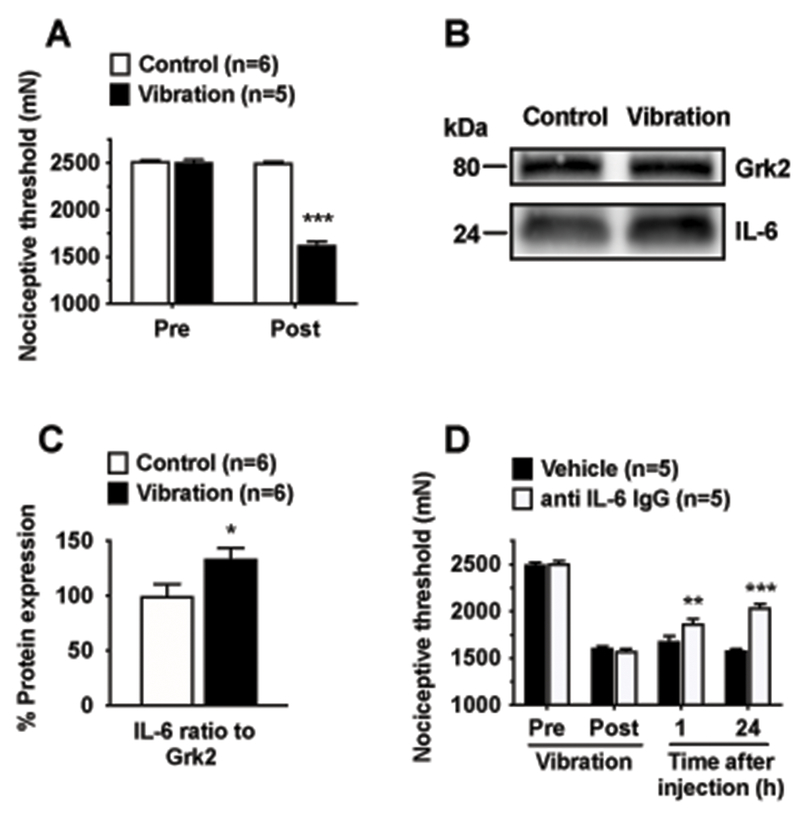Figure 1. Vibration induces muscle mechanical hyperalgesia and increased levels of IL-6 in the gastrocnemius muscle.

A. Hyperalgesia (i.e., reduction of mechanical nociceptive threshold) was observed in the gastrocnemius muscle in a group of rats submitted to the HAVS model, compared to control (naïve) rats. Two-way ANOVA showed significant effects for treatment (F1,5=383.8, P < 0.001), time (F1,5=222.1, P < 0.001) and treatment by time interaction (F1,5=464.3, P < 0.001). Post hoc analysis revealed significant differences between control and vibration exposed rats one day after vibration exposure; B. Representative Western blots showing IL-6 immunoreactivity in extracts from the ipsilateral gastrocnemius muscle of HAVS rats compared to control rats; C. Quantitative analysis (ratio of IL-6 to housekeeping protein Grk2) showed that, compared to controls, HAVS exhibited significantly increased IL-6 expression in the gastrocnemius muscle; D. Five hours after vibration (Post) nociceptive threshold was significantly reduced compared to baseline (Pre). A neutralizing antibody (anti-rat IL-6 goat IgG), but not vehicle (DPBS), injected into the gastrocnemius muscle 6 h after exposure to vibration significantly reduced the mechanical hyperalgesia. *P < 0.05; **P < 0.01; ***P < 0.001.
